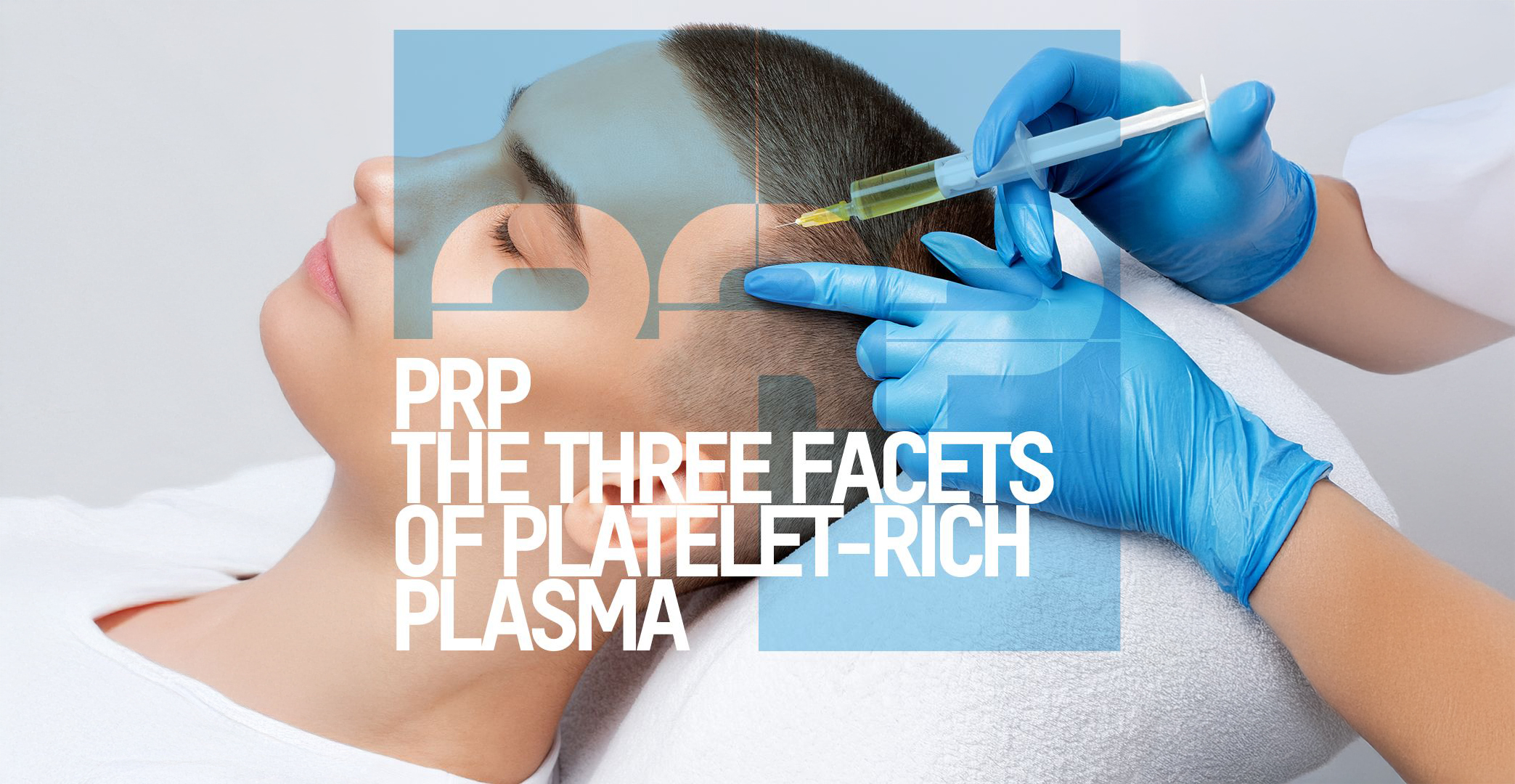2 minute read
PRP: From anesthtics to surgery-but never the final answer PRP is one of those treatments that wears more than one hat.
In the hair transplant clinic, PRP takes on two further roles:
Pre-surgery as a bridge for patients not yet ready to commit, and sometimes to “prime” follicles and scalp health before surgery.
Post-surgery as an add-on, positioned to support healing, reduce inflammation, and potentially improve graft survival.
This “Triple Identity” is why PRP is so common in the patient journey. But it also explains its limitations. Outcomes can be inconsistent, difficult to measure, and dependent on repeated sessions. It doesn’t alter the underlying cause of androgen-driven hair loss, it simply supports what’s already there.
The history reflects this too. PRP has been used in medicine for over 40 years from wound healing to sports medicine and in hair specifically for around 15-20. Yet despite its longevity, there’s still no single consensus on protocols or results.
For clinics, that matters. Patients may have already encountered PRP elsewhere before they arrive at consultation, often through the aesthetics route. By the time they reach the decision for surgery, they’re looking for something more definitive.
And this is where standards matter. The transplant is the pivotal intervention. But consistency in advice, messaging, and best practice would really help patients not only in their results, but in their confidence throughout the journey.
